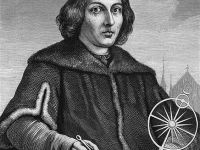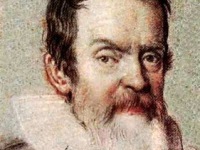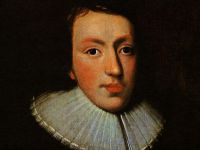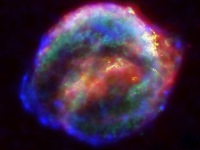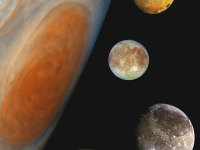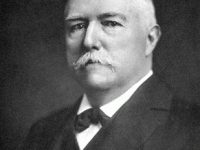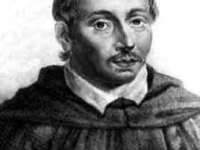Nicolaus Copernicus and the Heliocentric Model
On February 19, 1473, Renaissance mathematician and astronomer Nicolaus Copernicus was born, who established the heliocentric model, which placed the Sun, rather than the Earth, at the center of the universe. With the publication of his research he started the so-called Copernican Recolution, which started a paradigm shift away from the former Ptolemaic model of the heavens, which postulated the Earth at the center of the universe, towards the heliocentric model with the…
Read more

